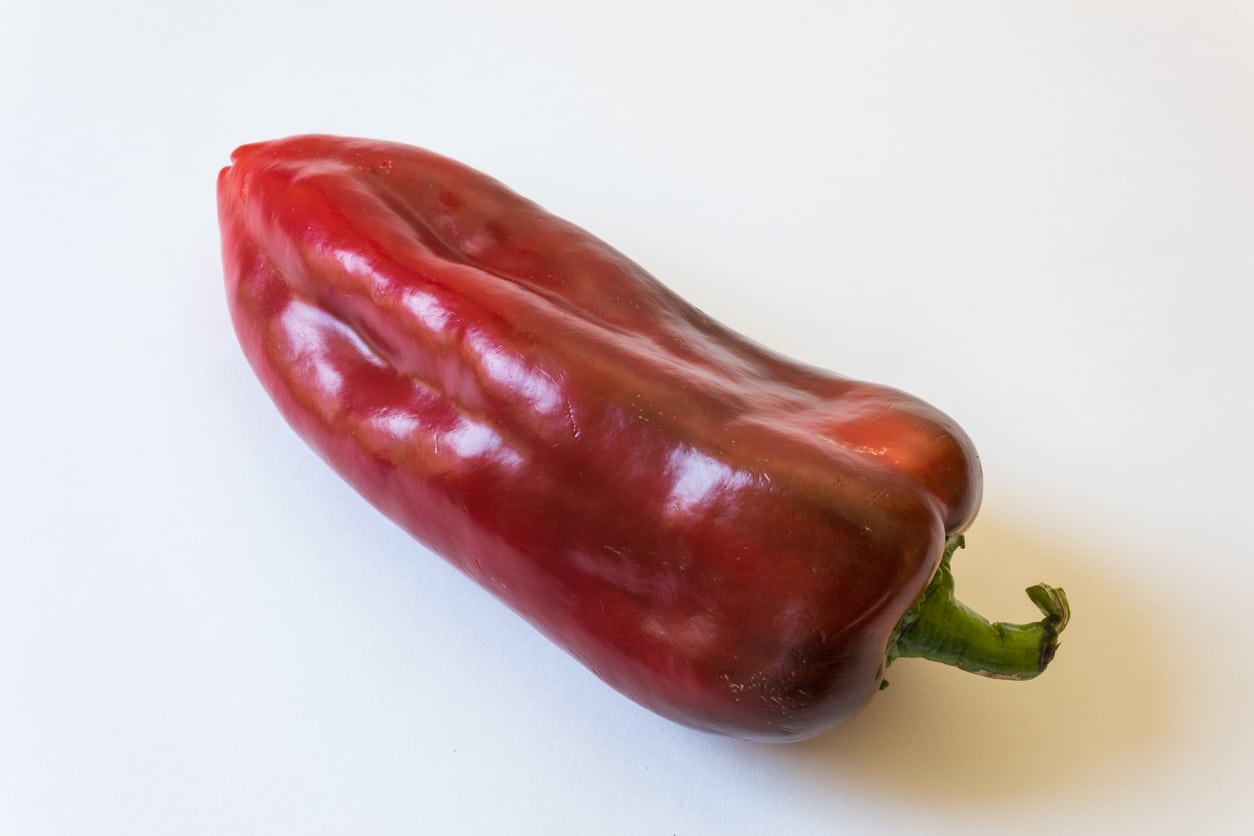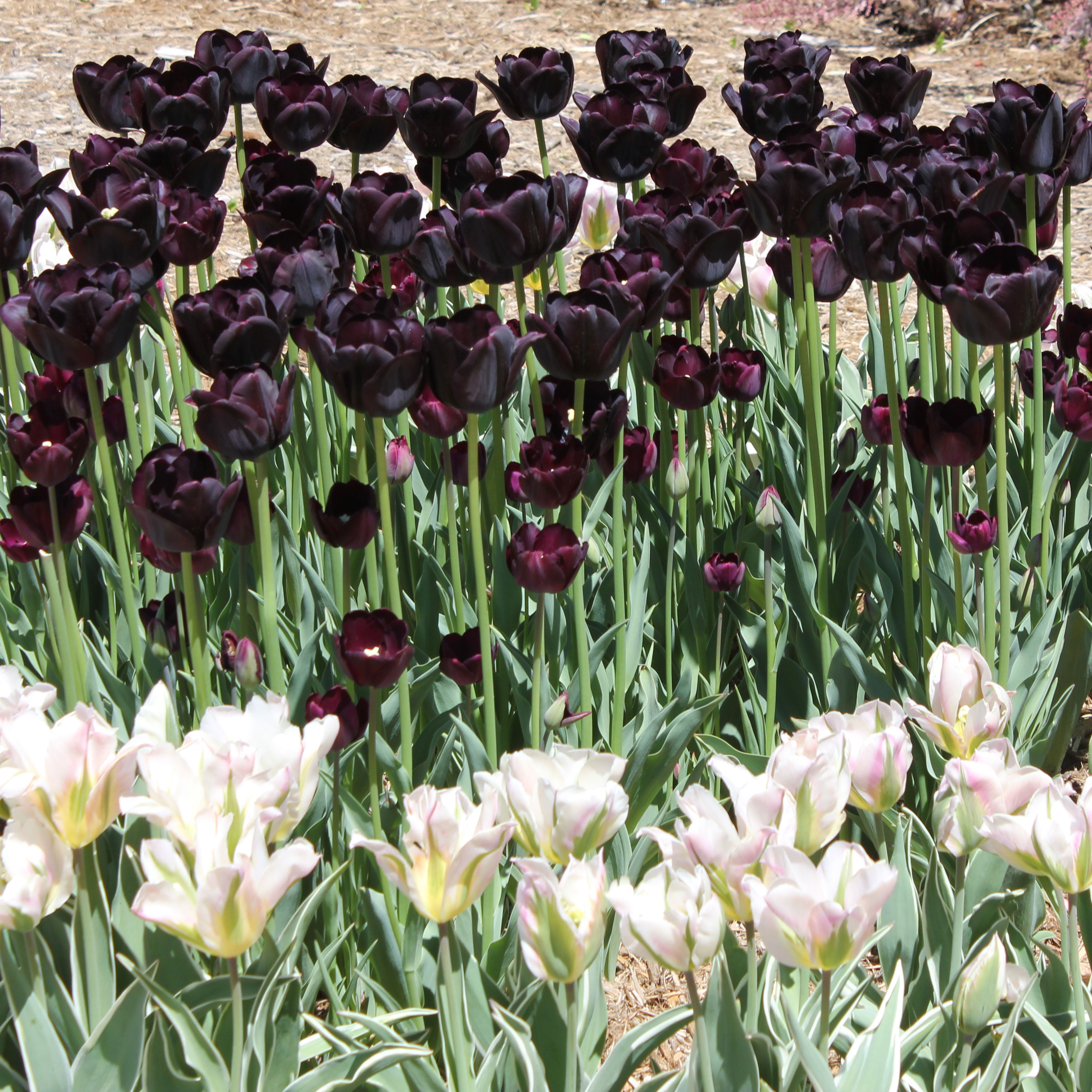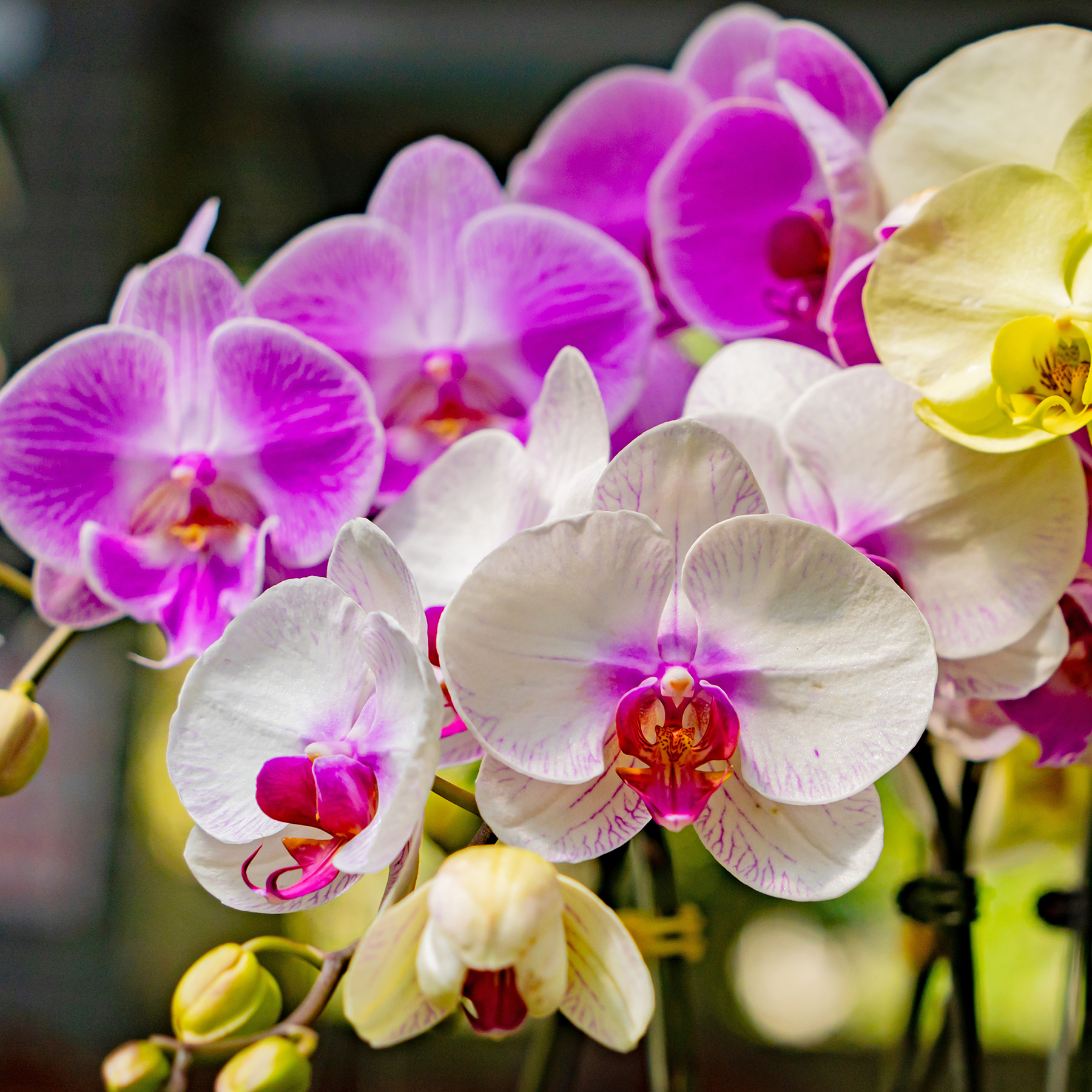What Is A Cubanelle Pepper – Tips For Growing Cubanelles In The Garden


The cubanelle pepper is a tasty sweet pepper named for the island of Cuba. It is popular in European and Latin American cuisine but is gaining popularity among cooks around the world for its bright color and fast cooking time. Keep reading to learn more about cubanelle pepper care and tips for how to grow a cubanelle pepper plant in your garden.
Cubanelle Pepper Facts
What is a cubanelle pepper? A variety of sweet pepper, the cubanelle is similar in a lot of ways to the ubiquitous bell pepper. Unlike its cousin, however, it has a long, tapered shape that usually reaches 5 to 7 inches (13-18 cm.) in length. It tends to twist and bend as it grows, giving it a unique, rustic appearance. The walls of the fruit are thinner than those of a bell pepper, which means it cooks much more quickly. This makes it a favorite in sautéing and frying recipes, particularly in Italian, Spanish, and Slavic cuisine. The peppers have a sweet and mild flavor. They start in shades of bright yellow to green, and ripen into a striking red. They can be picked and eaten when they are any color. Plants tend to reach 24-30 inches (60-75 cm.) in height. Mature fruits are ready to start being picked 70-80 days after planting.
How to Grow a Cubanelle Pepper Plant
Cubanelle pepper care is very straightforward. In fact, growing cubanelles is a lot like growing bell peppers. The seeds should only be sown in the ground in climates with very long growing seasons. For most gardeners, the seeds should be started indoors 4-5 weeks before the average last frost and only planted out after all chance of frost has passed. The plants like full sun, moderate water, and loamy, slightly acidic to slightly alkaline soil.
Gardening tips, videos, info and more delivered right to your inbox!
Sign up for the Gardening Know How newsletter today and receive a free copy of our e-book "How to Grow Delicious Tomatoes".

The only child of a horticulturist and an English teacher, Liz Baessler was destined to become a gardening editor. She has been with Gardening Know how since 2015, and a Senior Editor since 2020. She holds a BA in English from Brandeis University and an MA in English from the University of Geneva, Switzerland. After years of gardening in containers and community garden plots, she finally has a backyard of her own, which she is systematically filling with vegetables and flowers.
-
 Moody Blooms For Spring: 8 Types Of Black Flowers To Add Drama To Spring Displays
Moody Blooms For Spring: 8 Types Of Black Flowers To Add Drama To Spring DisplaysFrom midnight burgundies to inky violets, several types of black flowers can enrich and embolden a spring display. Try these brooding bloomers for a moody garden
By Tonya Barnett
-
 My Homemade Orchid Fertilizer Always Brings More Blooms – Here's The Easy Recipe That Transforms Plants
My Homemade Orchid Fertilizer Always Brings More Blooms – Here's The Easy Recipe That Transforms PlantsScientist-turned-gardener Mary Ellen Ellis shares her tried-and-tested DIY orchid fertilizer recipe, plus more ingredients to try for healthy, happy plants.
By Mary Ellen Ellis